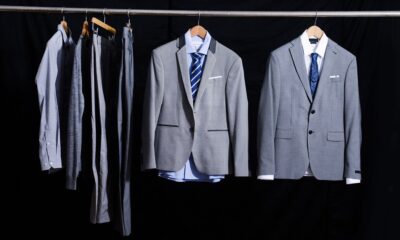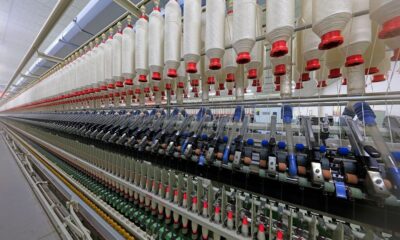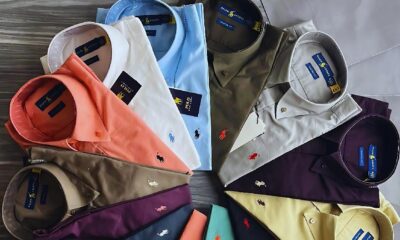Fashion
Le Bon Marché taps Antoine de Caunes for a “rock’n’drôle” takeover

Translated by
Nazia BIBI KEENOO
Published
September 2, 2025
Music and humor take center stage at Le Bon Marché Rive Gauche. From August 30 to October 19, the Parisian department store is rolling out its seasonal highlight: a “rock’n’drôle” exhibition curated by Antoine de Caunes. The French TV host and comedian, known for his love of rock culture, is taking over the store’s windows and aisles, reviving his cult Canal+ character “Didier L’embrouille” — a die-hard Dick Rivers fan — and showcasing his personal music and lifestyle favorites.
From the shop windows to the shopping bags, Swiss cartoonist Zep brings this offbeat rock persona to life through bold pencil sketches. On the ground floor, visitors are greeted with a selection of 1970s rock-inspired fashion pieces, styled like concert merchandise — including upcycled accessories from Atelier Casta and graphic T-shirts designed by Thomas Lélu.

On the first floor, the exhibition dives into the vibe of vintage recording studios. A pop-up thrift store by Kiliwatch offers leather jackets and fashion finds, while Bonjour Jacob’s concept space features vinyl records, magazines, and curated collectibles. Visitors can even test guitars at the in-store Gibson setup.

The second floor features the “Rock Motel,” a set of themed rooms designed by de Caunes. Each room celebrates one of his rock icons, with audio introductions recorded by the entertainer himself. Once the store closes, a series of evening events will unfold — including a conversation between de Caunes and author-journalist Julien Bitoun. A special rockabilly night is also set for October 8, with live performances by Black Kat Boppers and the Spunyboys.
This article is an automatic translation.
Click here to read the original article.
Copyright © 2025 FashionNetwork.com All rights reserved.
Fashion
IKEA opens its furthest store from Sweden in New Zealand
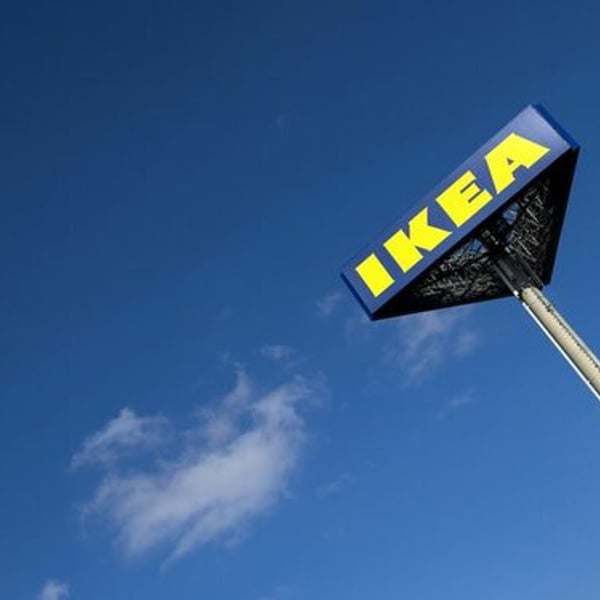
By
Reuters
Published
December 4, 2025
IKEA opened its first store in New Zealand on Thursday, entering its 64th market and marking the furniture retailer’s most distant outpost from its native Sweden. The long-awaited 34,000 square-metre (365,973 square foot) store at the Sylvia Park shopping centre in Auckland employs 500 people and is IKEA’s 505th store.
IKEA’s New Zealand expansion was announced in 2019 and comes 50 years after opening in neighbouring Australia. IKEA now operates in 64 markets around the world.
IKEA franchisee Ingka Group said the opening, which drew thousands of people, was special given New Zealand’s distance from Sweden. “It’s a real leap of faith, investment and friendship, showing we’re not just exporting a store, we’re planting roots for the long term, creating jobs, learning from local communities and tailoring our offer for Kiwi homes,” Retail Manager Tolga Oncu said in a statement.
© Thomson Reuters 2025 All rights reserved.
Fashion
Italy’s Ermenegildo Zegna Group unveils new leadership structure
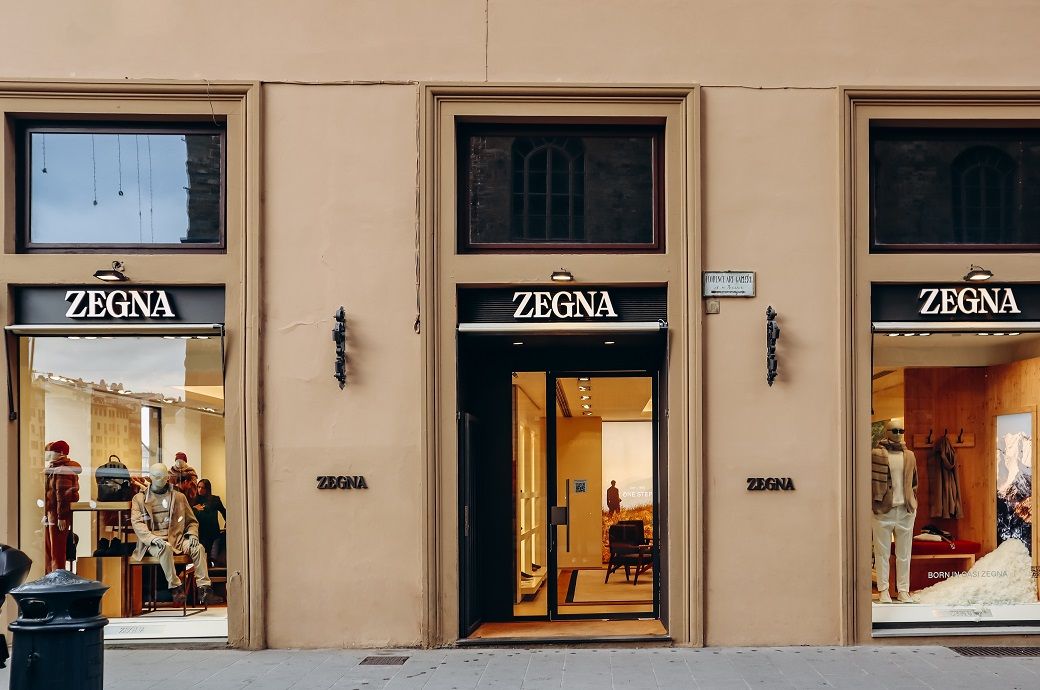
Ermenegildo “Gildo” Zegna, currently Group Chairman and CEO, will assume the role of Group Executive Chairman. In this capacity, he will focus on safeguarding the legacy and integrity of the Group’s three brands—ZEGNA, Thom Browne, and TOM FORD FASHION—while continuing to drive long-term value creation. He will also retain oversight of the Group’s Textile Division, the Group General Counsel’s office (including Internal Audit), and the External Relations department, which encompasses Sustainability, Investor Relations, and Corporate Communications.
Ermenegildo Zegna Group has announced a new leadership structure effective January 1, 2026.
Gildo Zegna will become group executive chairman, focusing on brand legacy and key corporate areas.
Gianluca Tagliabue will be appointed group CEO, while Edoardo and Angelo Zegna will become co-CEOs of the Zegna brand, leading brand strategy, product, and commercial performance.
Gianluca Tagliabue, currently Group Chief Financial Officer and Chief Operating Officer, will assume the role of Group CEO subject to shareholders’ approval. Working in close partnership with the Group Executive Chairman, Mr. Tagliabue will be responsible for shaping and executing the Group’s long-term strategy, driving business performance across all brands, and further strengthening the integration of the Group’s corporate functions. He will also oversee manufacturing operations. The CEOs of the Group’s brands will report to him. Gian Franco Santhià, currently Group Control & Chief Accounting Officer, will be appointed as Group CFO, reporting to the Group CEO.
Edoardo and Angelo Zegna, members of the fourth generation of the Zegna family, will be appointed Co-CEOs of the ZEGNA brand. They will succeed Gildo Zegna, who has held this role for over 20 years. Edoardo Zegna, currently Chief Marketing and Digital Officer of ZEGNA as well as Group Chief Sustainability Officer, will lead all aspects of brand strategy, from brand image to marketing, and, together with ZEGNA’s Artistic Director Alessandro Sartori, design matters, including store design. Angelo Zegna, currently CEO of ZEGNA’s EMEA region and Global Client Strategy Director, will oversee product development, merchandising, and commercial strategy, driving performance across markets and channels.
Gildo Zegna, Chairman and CEO of the Ermenegildo Zegna Group, commented: “I am proud and excited about today’s announcement. One of the most important responsibilities of a leader is to think ahead—to prepare for the future and empower the next generation of leadership. This belief has always been deeply rooted in our family values and is a key force behind today’s announcement.
Together with the Board, I have asked Gianluca Tagliabue to assume the role of Group CEO. Over the past decade, Gianluca has been a cornerstone of our Group, leading the company through key transformations. The Ermenegildo Zegna Group is a custodian of authenticity. Gianluca embodies this philosophy and will support the CEOs of our brands in pursuing the Group’s mission as a trusted and forward-looking guide.
Edoardo and Angelo’s complementary strengths and clear vision will make them a highly effective team to lead ZEGNA brand. They continue the family legacy and have demonstrated their business leadership over the past years. Together, they will not only carry forward the brand’s timeless heritage, but strengthen it further.
As Executive Chairman, I will stand alongside our new leadership team and all our colleagues — a curious and passionate custodian of our brands’ vision and values, as I have always been. I will also continue to oversee the Group’s textile platform — where it all began. I am looking forward to shaping our Group’s next chapter with this new leadership team.”
Note: The headline, insights, and image of this press release may have been refined by the Fibre2Fashion staff; the rest of the content remains unchanged.
Fibre2Fashion News Desk (RM)
Fashion
Canada’s suit imports fall in Jan-Aug as casualwear demand rises
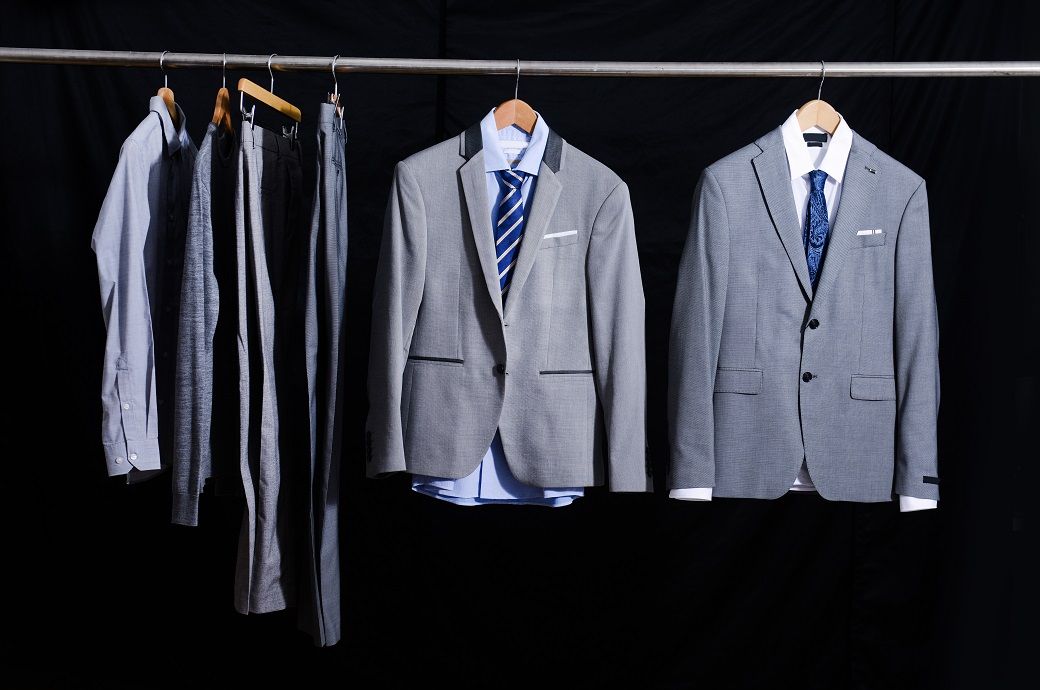
Import volumes mirrored the same trend. Canada imported *.*** million units in the first eight months of ****, down from *.*** million units in the same period of ****. The average landed price dipped further to $**.** per suit, marking a cumulative decline of nearly ** per cent since ****, when the average stood at $**.** per unit, according to *fashion.com/market-intelligence/texpro-textile-and-apparel/” target=”_blank”>sourcing intelligence tool TexPro. Retailers have been moving towards lower-value assortments as consumers prioritise affordability, prompting sourcing shifts to cheaper origins and lower-spec tailoring.
The price reduction suggests increased competition, lower unit-value buying, and retailers favouring budget sourcing channels rather than premium tailoring suppliers—a response to elevated inventory pressures, cautious buying cycles, and slower store traffic for formalwear categories.
-

 Tech4 days ago
Tech4 days agoGet Your Steps In From Your Home Office With This Walking Pad—On Sale This Week
-

 Sports3 days ago
Sports3 days agoIndia Triumphs Over South Africa in First ODI Thanks to Kohli’s Heroics – SUCH TV
-

 Entertainment3 days ago
Entertainment3 days agoSadie Sink talks about the future of Max in ‘Stranger Things’
-

 Fashion3 days ago
Fashion3 days agoResults are in: US Black Friday store visits down, e-visits up, apparel shines
-

 Politics3 days ago
Politics3 days agoElon Musk reveals partner’s half-Indian roots, son’s middle name ‘Sekhar’
-

 Tech3 days ago
Tech3 days agoPrague’s City Center Sparkles, Buzzes, and Burns at the Signal Festival
-
Uncategorized1 week ago
[CinePlex360] Please moderate: “Americans would
-

 Tech1 week ago
Tech1 week agoWake Up—the Best Black Friday Mattress Sales Are Here




